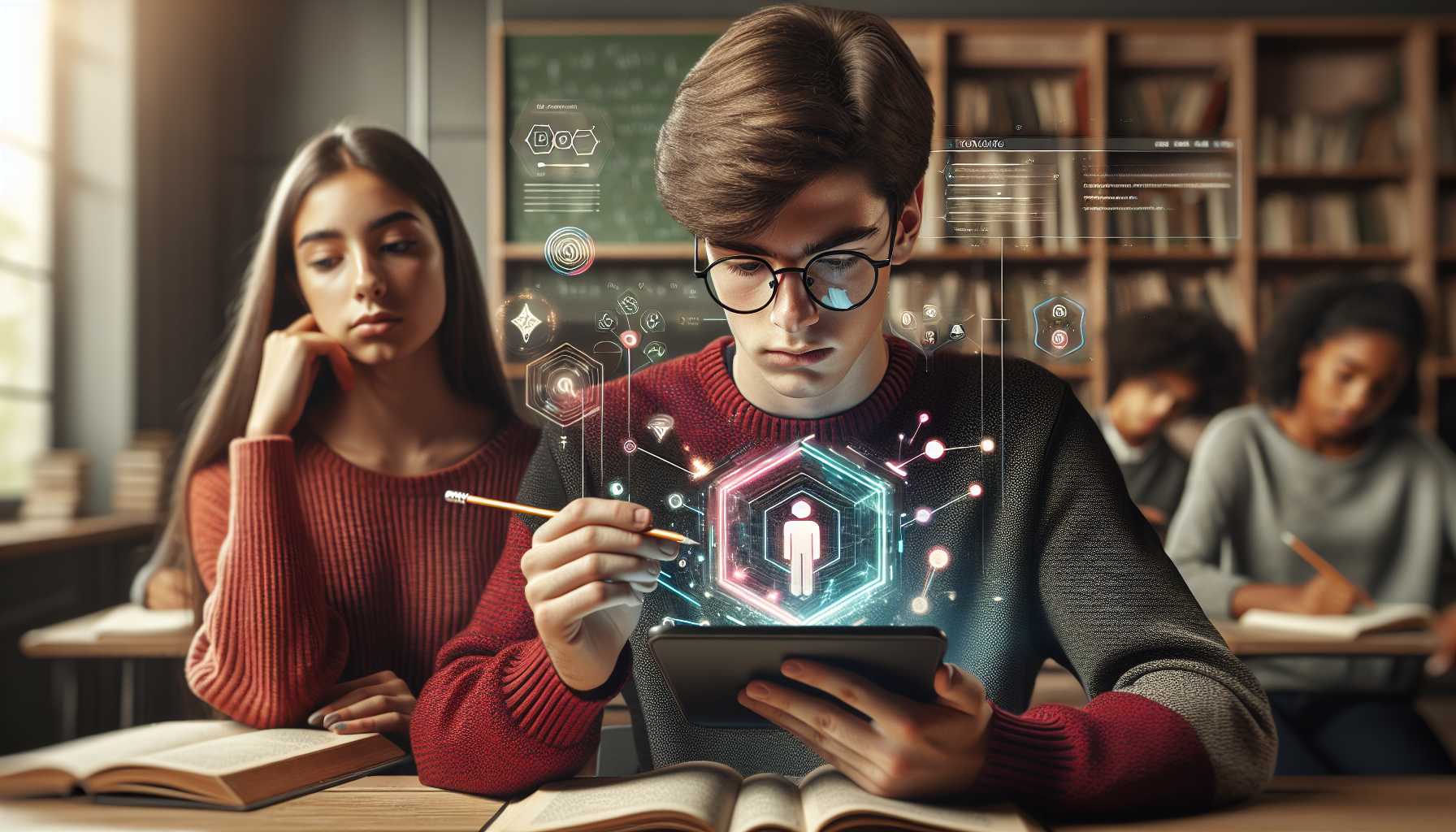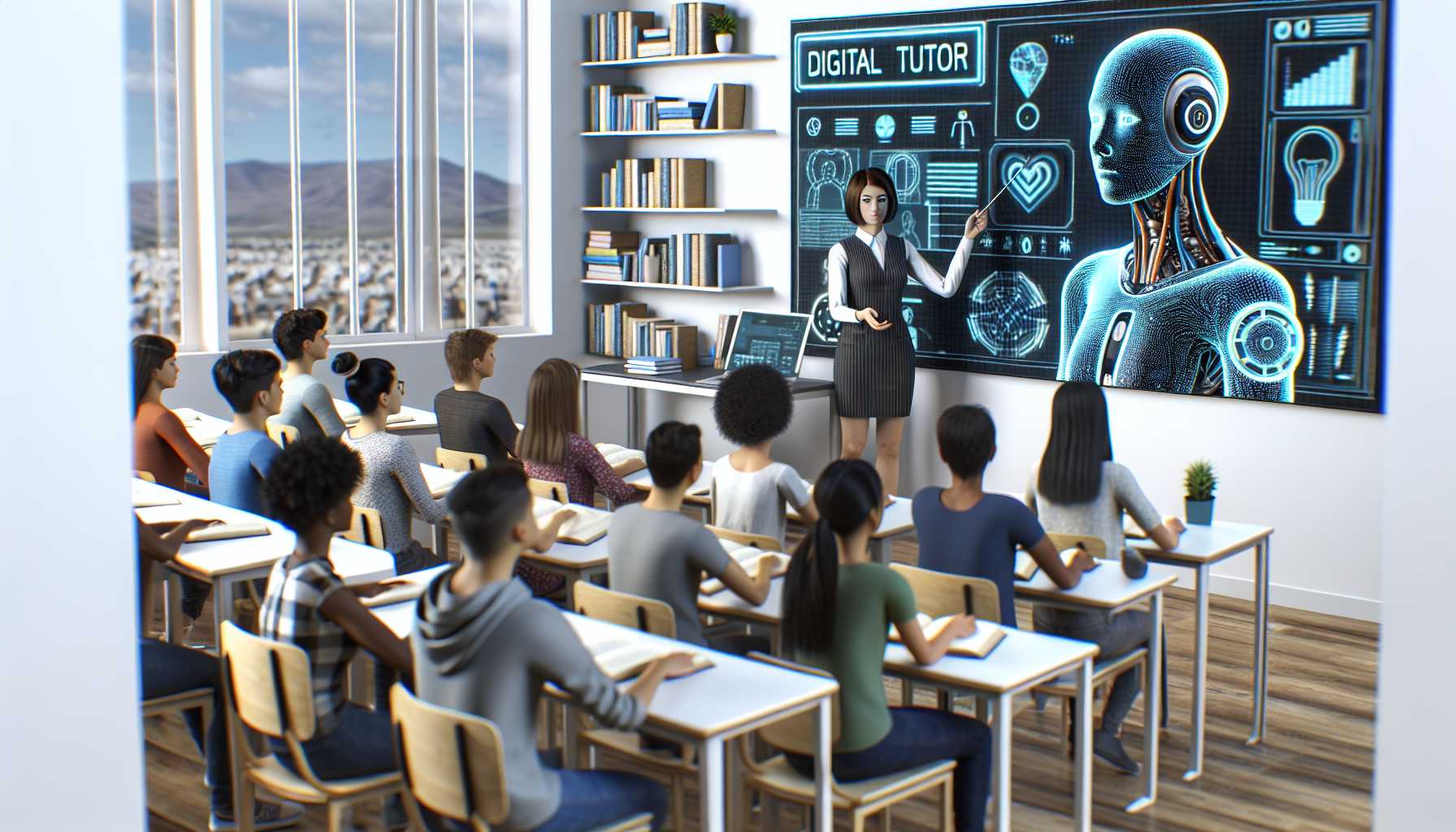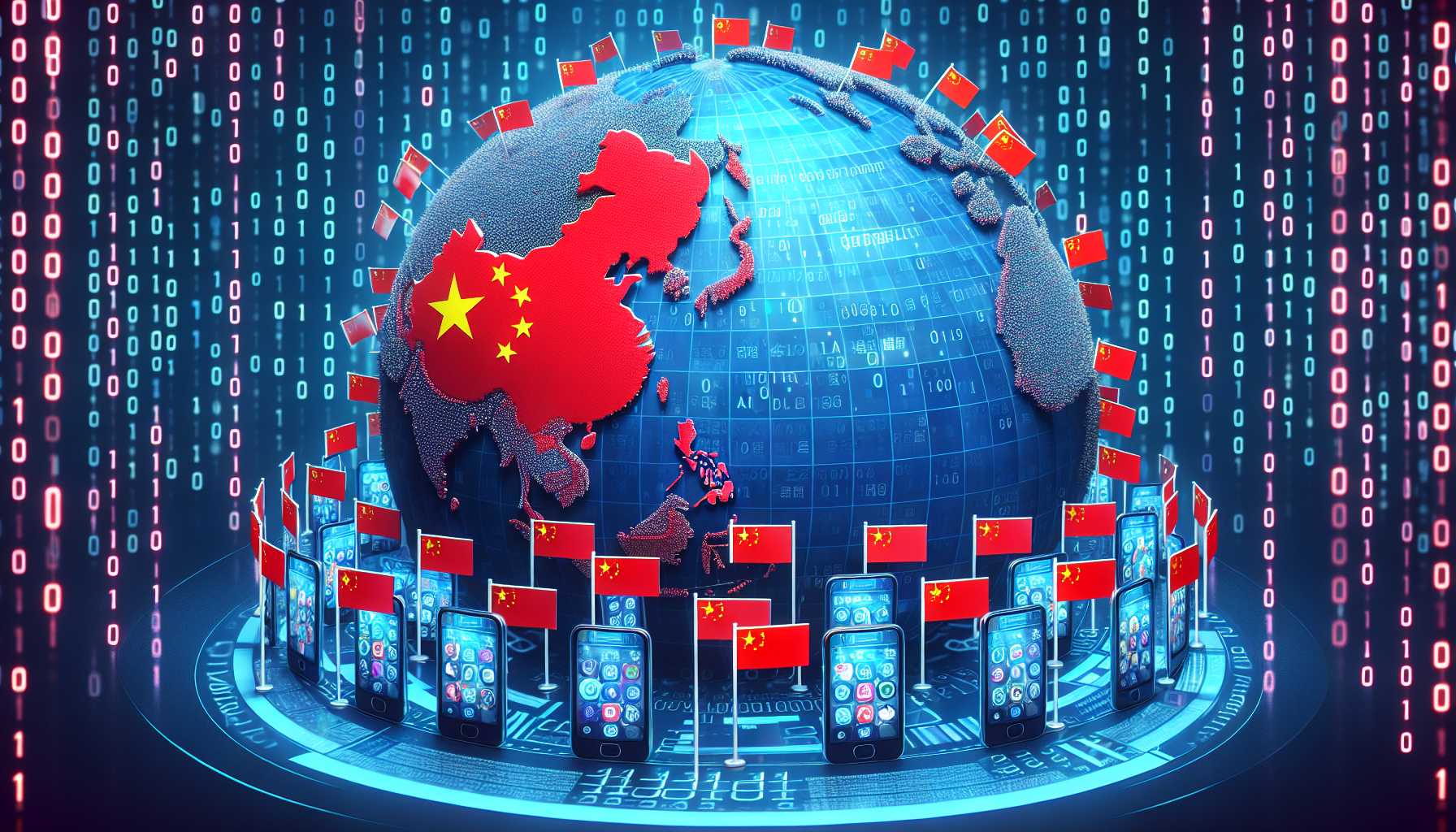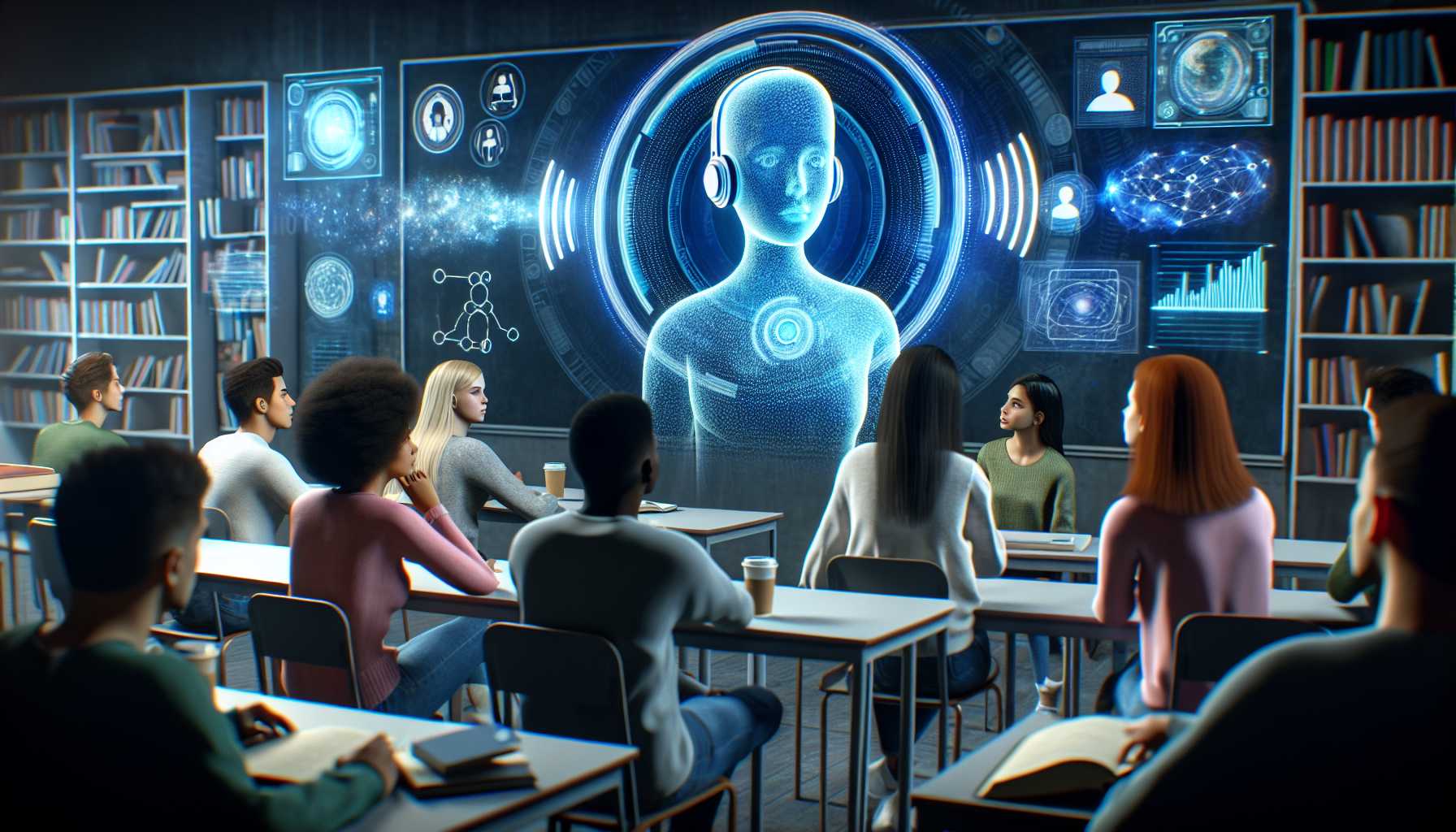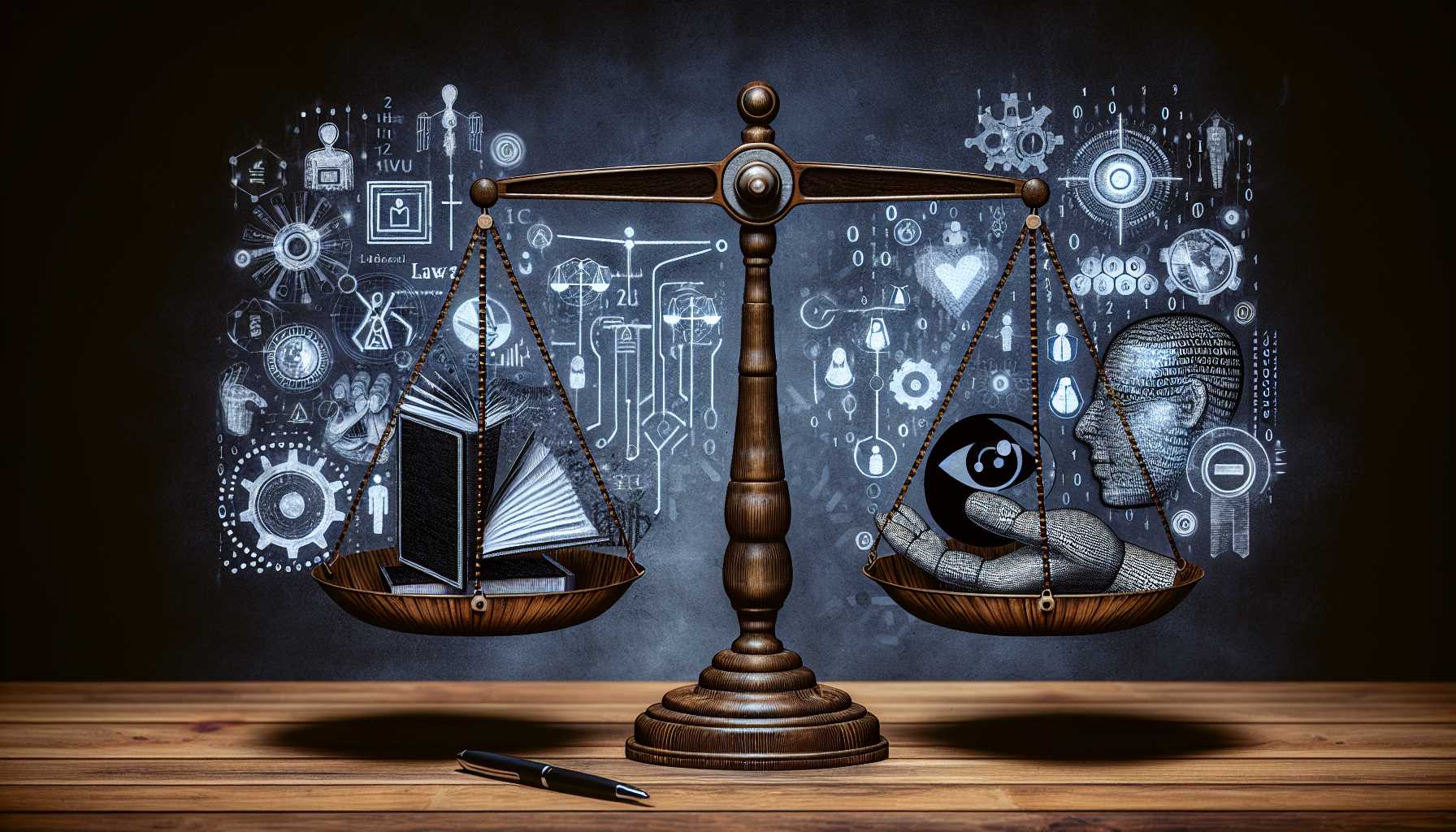AI Revolutionizing Education, Programming, and Mobile Apps
By Your Tech News Expert
Welcome to another thrilling dive into the tech world! Today, we’re navigating the revolutionary yet turbulent waters of artificial intelligence (AI) in education, programming, and mobile apps. So grab your snorkel, and let’s jump in!
The Emergence of AI Tutors in Education
Artificial Intelligence (AI) has dramatically revolutionized many sectors, and education is certainly no exception. Gone are the days when students had to rely solely on traditional tutors for academic assistance. Enter Answer AI, an app that’s been making waves and headlines for offering seamless help to students struggling with their assignments. Interestingly, Answer AI has transcended the typical educational app to become an indispensable learning companion.
Imagine being a high schooler stuck on a complicated math problem. Instead of scouring through long YouTube tutorials or investing in expensive private tutoring, you simply snap a photo of the problem with your smartphone, run it through Answer AI, and voila! The app not only gives you the answer but also a thorough step-by-step explanation. Evan, a high school sophomore from Houston, experienced this firsthand. According to him, the cost of using Answer AI for an entire year is roughly equivalent to one hour of private tutoring, making it a pocket-friendly alternative. This AI-driven approach has not only lowered barriers to academic support but also brought equity to educational opportunities.
However, the AI learning revolution isn’t devoid of challenges. Despite its promise, AI tutors still grapple with accuracy issues and can occasionally provide incorrect answers. While some students like Evan cross-check results across different AI sources, a percentage of learners may heavily rely on them, potentially missing out on genuine learning experiences. It’s a conundrum that educators and tech companies must figure out to make AI-assisted education universally reliable.
The Business Play: AI’s Impact on Traditional Tutoring Giants
AI’s integration into the educational landscape has left tutoring legends, such as Japan’s Kumon, facing an existential dilemma. With AI solutions like Answer AI making personalized tutoring accessible and affordable, the traditional tutoring business model is under threat. Kumon, with its massive 66-year legacy, finds itself in uncharted waters as the classroom of the future becomes increasingly digital.
Ric Zhou, the brain behind Answer AI, advocates that AI tutors enable a level of personalization virtually impossible in a conventional 20-student classroom setting. These chatbots are engineered to remember individual learning habits and adjust their teaching styles accordingly. Such targeted assistance could potentially render high-cost private coaches obsolete, especially for students from affluent families accustomed to private tutoring services. However, it’s paramount to consider how AI can be optimized to not only provide answers but also cultivate learning. Ric emphasizes that Answer AI is being fine-tuned using a method called Retrieval Augmented Generation (RAG), which essentially involves enriching the AI’s ability to troubleshoot errors through extensive problem sets. Even so, the technology isn’t foolproof.
From Education to Coding: AI Chatbots in Programming
While educational AI endeavors make headway, the realm of programming reflects another dimension of AI’s limitations. A Purdue University study recently unveiled that ChatGPT, a celebrated AI chatbot, answered coding-related questions incorrectly 52% of the time. That’s right—half the time! Such an alarming inaccuracy rate raises concerns for programmers who might rely heavily on ChatGPT for coding solutions. It’s akin to flipping a coin and hoping it lands on the right answer. Though ChatGPT’s well-articulated and comprehensive responses give users a sense of confidence, the underlying misinformation can easily go unnoticed. The study highlighted that programmers failed to spot these inaccuracies 39% of the time, underscoring a significant risk for those leaning on AI for critical tasks. Naturally, this has ignited a debate on the reliability of AI in professional settings and the ethical considerations around its deployment. It’s vital that AI becomes an augmenting tool rather than an unmonitored replacement for human expertise. Building a balance between AI’s vast potential and its current limitations will be key in shaping its future.
AI in Mobile Applications: Chinese Dominance and Global Expansion
Chinese tech companies have been aggressively targeting the American market with AI-powered homework apps. Question AI and Gauth, both prominent contenders in this space, have been downloaded millions of times. Interestingly, they operate through Singaporean entities, making it easier to penetrate Western markets amid growing scrutiny towards Chinese technology. The global AI arms race for educational dominance shows no signs of slowing down. These apps are designed to blend AI-driven responses with extensive libraries of practice problems for better accuracy. With so many players utilizing similar foundational AI technologies, the market has leveled out to some extent. This puts the onus on developers to constantly innovate and improve personalization features to differentiate their offerings.
The Future: AI’s Voice and Speech Recognition
One intriguing aspect of AI’s integration into learning is its potential evolution from text-based interfaces to interactive voice responses. OpenAI’s GPT-4o has already demonstrated the ability to generate emotive voice responses, pushing the boundaries of how students could interact with their digital tutors in the future. Imagine an AI that understands not just your learning habits but also your emotional state, enabling a more empathetic and customized teaching approach. Such advancements could revolutionize education even further, offering a more human-like interaction that could potentially enhance learning outcomes. However, developers must tread carefully to avoid missteps, as seen in controversies like Scarlett Johansson’s voice mimicry saga with OpenAI’s Sky. Ensuring ethical applications and avoiding unnecessary legal entanglements are lessons to be learned as AI continues to evolve.
The Road Ahead: Balancing Innovation with Ethical Concerns
As exciting as these developments are, they’re not without hiccups. Google’s venture into generative AI for search results has been met with skepticism due to inconsistent and sometimes incorrect outcomes. We stand at a juncture where AI’s potential is undeniable, but so is its fallibility. Precision should be the guiding principle for AI developers as they enhance these technologies. For tech investors and companies plunging into the AI space, the key takeaway is clear—prioritize accuracy and ethical considerations. Investing in mechanisms like continuous feedback loops, comprehensive testing, and error analysis can help improve AI’s reliability. Moreover, driving public awareness about the limitations and best practices for using AI tools will solidify trust and adoption.
In conclusion, while AI opens captivating new avenues for education, programming, and mobile apps, its journey is punctuated with necessary caution. It’s a delicate balancing act—leveraging the marvels of AI while mitigating its missteps. So, what do you think? Will AI steer the future of education and programming on the right course? Comment below and let’s ignite a conversation.

